Have you ever locked eyes with a dog and felt your heart skip a beat, only to learn later that your dream pup could turn your golden years into a wild rollercoaster? Dogs bring joy, but not every breed is a match made in heaven for seniors. Some dogs are like toddlers on espresso: adorable but a handful, demanding energy and strength that can be hard to keep up with. Let’s talk frankly, friend to friend, about the breeds that might look tempting but could make life a lot tougher for older adults. If you’re considering a new furry companion, these are the breeds you might want to think twice about—no matter how cute those puppy eyes are!
Siberian Husky: The Escape Artist Extraordinaire
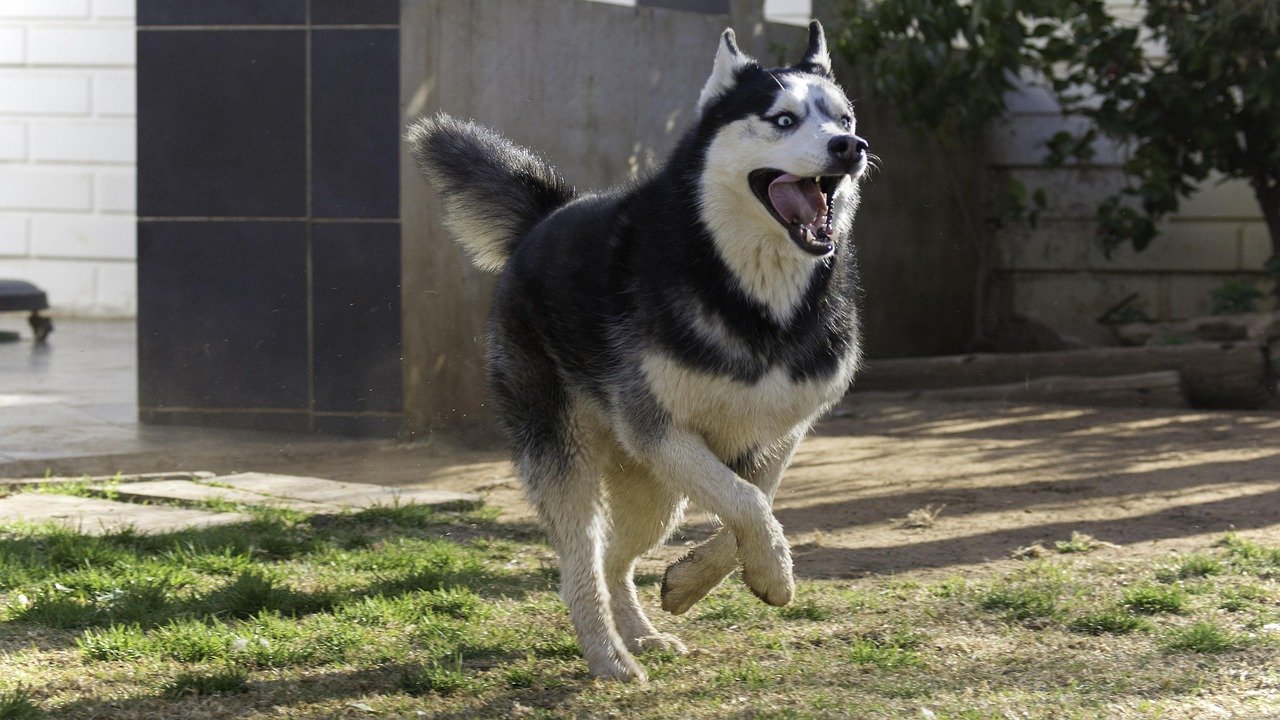
Huskies are drop-dead gorgeous, but boy, are they built for action. These dogs were born to run miles in the snow and will turn your backyard into a personal adventure park. Seniors often find it exhausting to meet this breed’s exercise needs, and an under-stimulated Husky can become destructive or even try to escape—digging, jumping fences, or squeezing through tiny gaps.
If mobility is any issue, imagine chasing a determined Husky down the block! Their high prey drive and love for independence mean they won’t always listen, and daily walks alone won’t cut it. A tired Husky is a happy Husky, but for seniors, that level of activity can be overwhelming.
Border Collie: Too Smart for Their Own Good
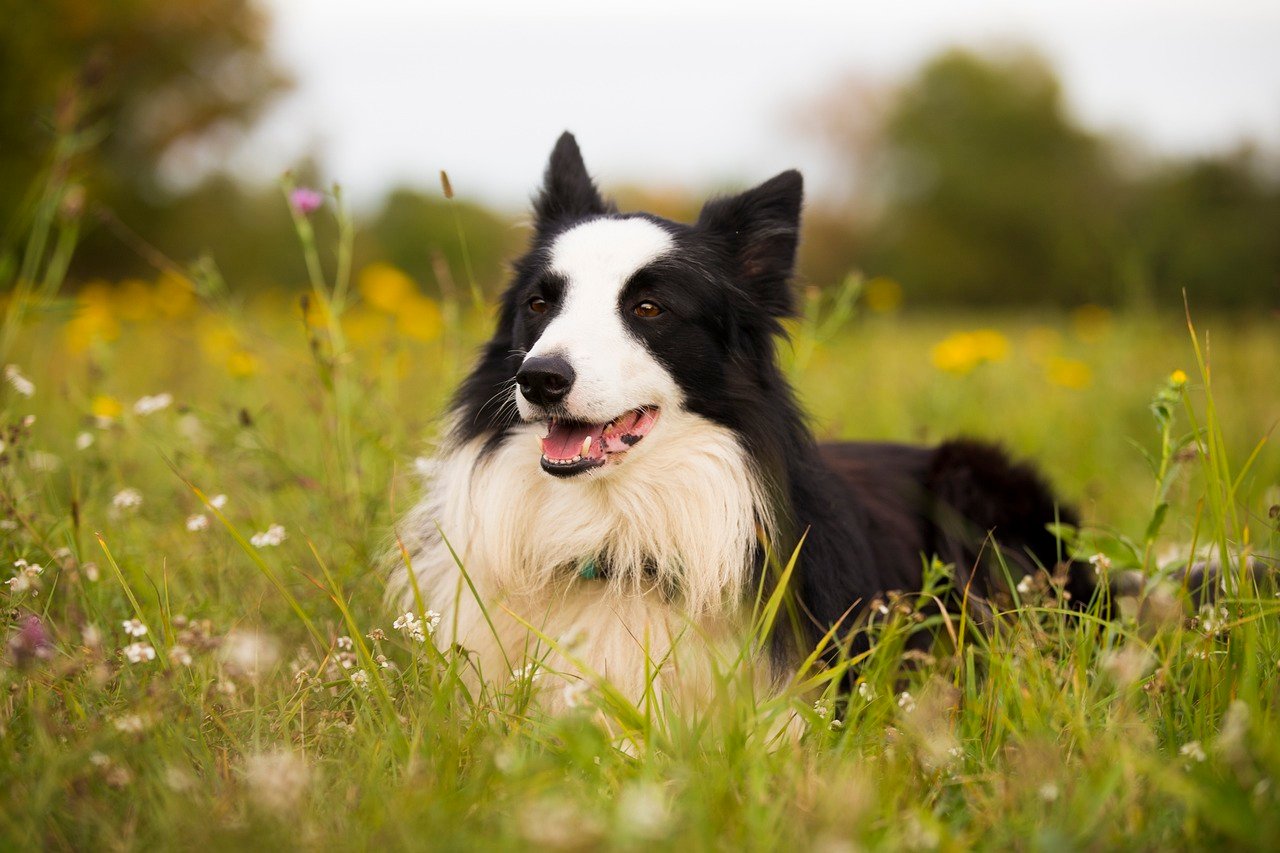
Border Collies are the Einsteins of the dog world. While their intelligence is impressive, it comes with a need for mental and physical stimulation that most people simply can’t keep up with, especially in their later years. If bored, a Collie will invent their own “jobs”—herding children, chasing bikes, or even nipping at heels.
This breed thrives on challenge and activity, and when under-exercised, you’ll see restlessness, barking, and sometimes obsessive behaviors like tail chasing. For seniors seeking a calm companion, a Border Collie’s relentless energy can quickly become overwhelming.
Dalmatian: Spots, Energy, and Endless Antics
Dalmatians are striking and full of personality, but they are also notorious for their boundless energy. Originally bred to run alongside carriages, these dogs crave daily rigorous exercise. Without it, they often develop behavioral problems like hyperactivity or anxiety.
Many seniors underestimate just how much movement a Dalmatian needs. Their playful spirit can lead to jumping, pulling on walks, and a stubborn streak that makes training a challenge. It’s easy to fall for their looks, but make sure your lifestyle matches their zest.
Belgian Malinois: The Workaholic Warrior
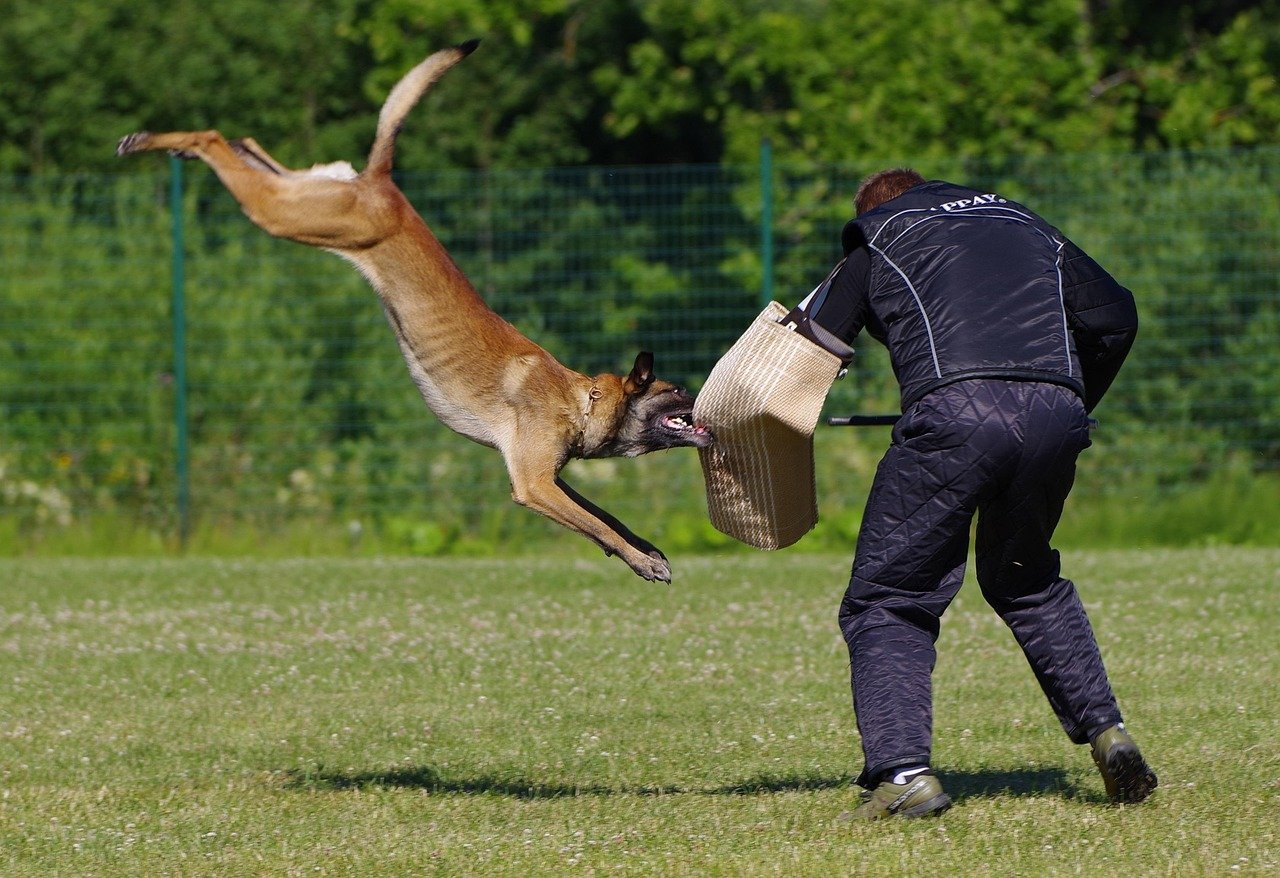
The Belgian Malinois is a favorite among police and military units for good reason—they’re intense, fast, and laser-focused. This is not a breed that likes to sit still. They constantly need a job, whether it’s agility courses, advanced training, or hours of fetch.
For seniors, the Malinois’ drive can be too much to handle. They get bored quickly, and boredom can lead to destructive habits or anxiety. If you can’t provide strong leadership and lots of activity, a Malinois will end up running circles around you—literally and figuratively.
Jack Russell Terrier: Little Dog, Big Personality
Don’t let their small size fool you—Jack Russells are bursting with energy and determination. These terriers are clever escape artists and can be incredibly stubborn. They require constant supervision and enjoy digging, barking, and chasing anything that moves.
A Jack Russell plus a senior with limited mobility can be a recipe for frustration. Their need for action and stimulation is more than most people bargain for. If left alone or under-exercised, they’ll invent their own entertainment, often at your expense.
Alaskan Malamute: Strong and Stubborn Sledder
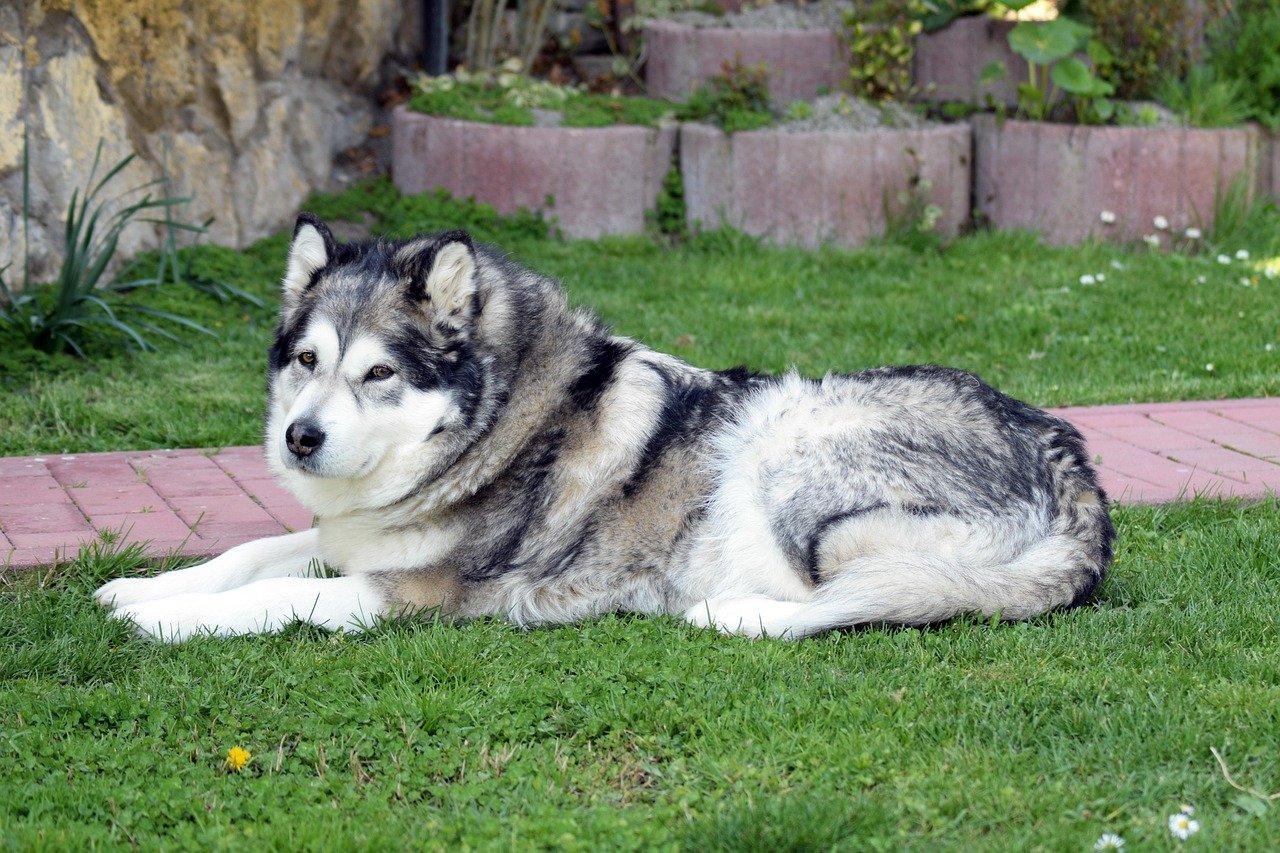
Alaskan Malamutes are majestic, powerful dogs bred for hauling heavy loads through snow. This means they’re not just strong, but also stubborn and highly independent. They need a leader who can handle their willful nature and physical strength.
Walking a Malamute can feel like being pulled by a small horse. Seniors with balance or strength concerns may find themselves at risk of falls or simply unable to properly control the dog. Their thick coat also sheds heavily, requiring frequent grooming.
Australian Cattle Dog: Herding Instincts Gone Wild
Australian Cattle Dogs are famous for their work ethic and high intelligence, but their herding instincts can be problematic in a senior household. These dogs want to be busy, and if they’re not herding livestock, they’ll try to herd people, pets, or anything that moves.
This breed craves structure, activity, and a job to do. Without it, they can become destructive, bark excessively, or even nip at ankles. For seniors seeking a gentle companion, this busybody breed can be a handful, especially if there are grandchildren or other animals in the home.
Akita: Reserved, Powerful, and Not for Beginners
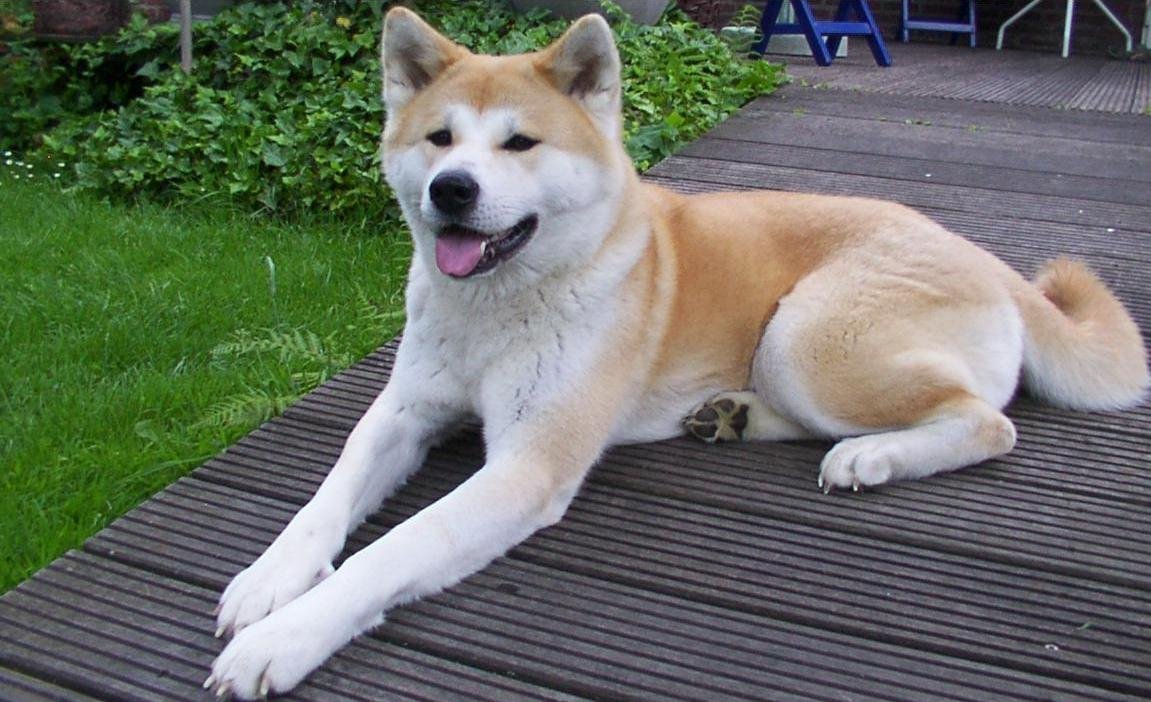
Akitas are dignified and loyal, but they’re also large, strong-willed, and sometimes aloof. They require a confident, experienced handler who can provide firm, consistent leadership. Their sheer size and strength can be intimidating, especially for someone with limited mobility.
Akitas are also known for their territorial nature and may react poorly to strangers or other animals. Seniors who want a social, easygoing companion might find themselves overwhelmed by the Akita’s intensity and need for careful management.
Weimaraner: Velcro Dog with High-Octane Needs
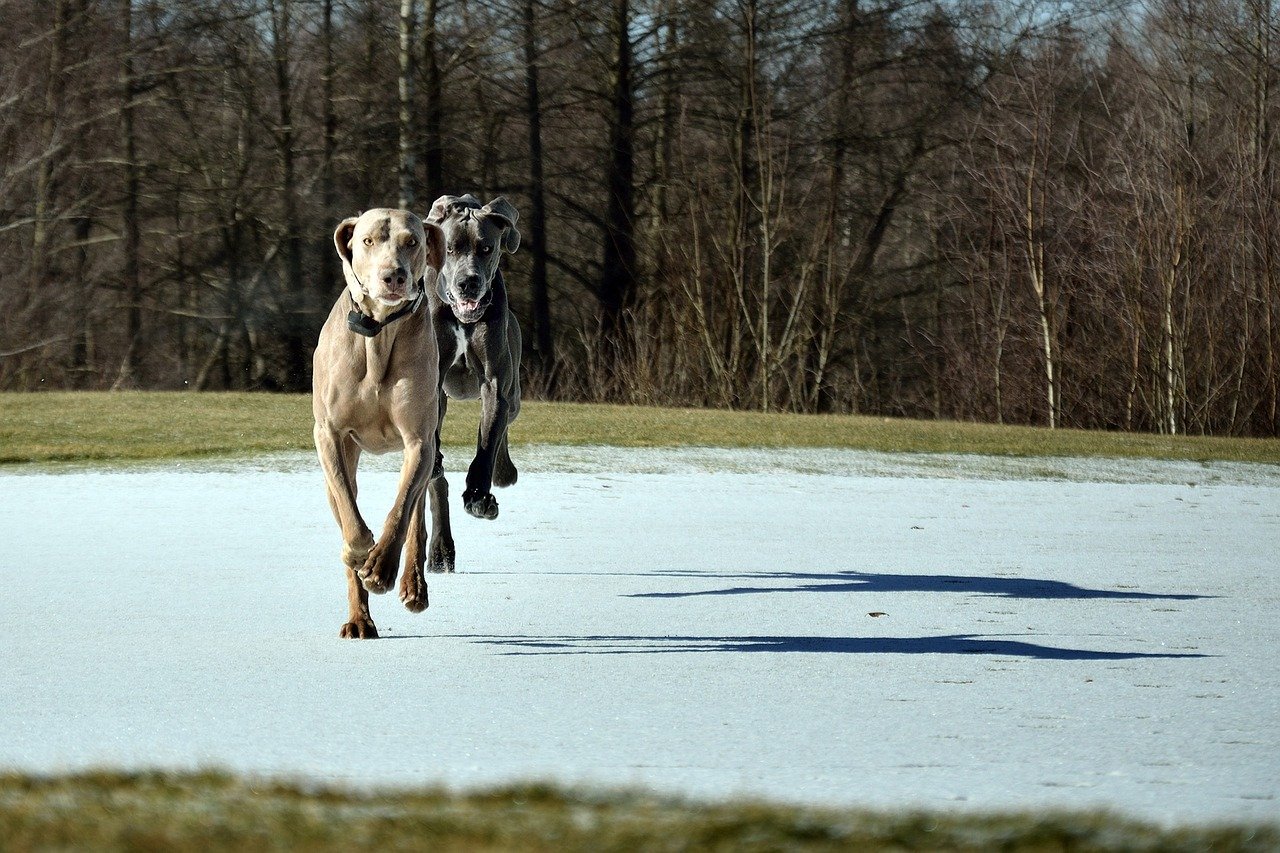
Weimaraners are affectionate and bond tightly with their people, but their energy levels are through the roof. They need intense daily exercise, and without it, they’re prone to separation anxiety and destructive behavior. Think chewed-up furniture or holes in the backyard.
For seniors, keeping up with a Weimaraner’s exercise demands is a real challenge. They don’t just want a walk—they want to run, play, and explore. If you’re looking for a calm, low-maintenance friend, this breed’s “go-go-go” attitude might not be the best match.
Chow Chow: Aloof and Strong-Willed
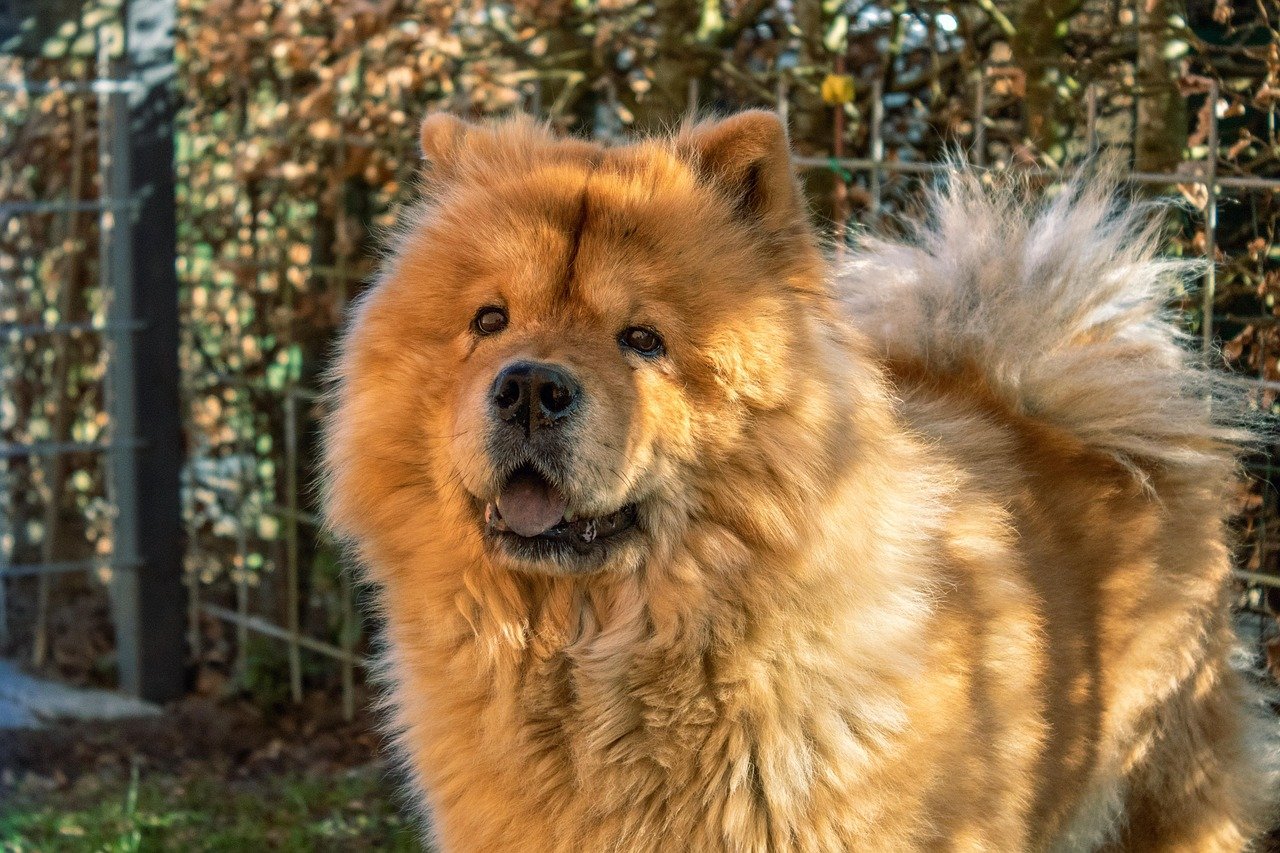
Chow Chows have a unique “lion-like” appearance and a reputation for being independent and sometimes standoffish. They’re not the cuddly, eager-to-please type, and their stubbornness can make training a real test of patience.
Their thick double coat requires regular grooming, which can be hard for seniors with limited mobility. Chows can also be wary of strangers and may not tolerate other pets well. If you want a laid-back buddy, the Chow’s independence may leave you feeling disconnected.
Doberman Pinscher: Powerful and Protective
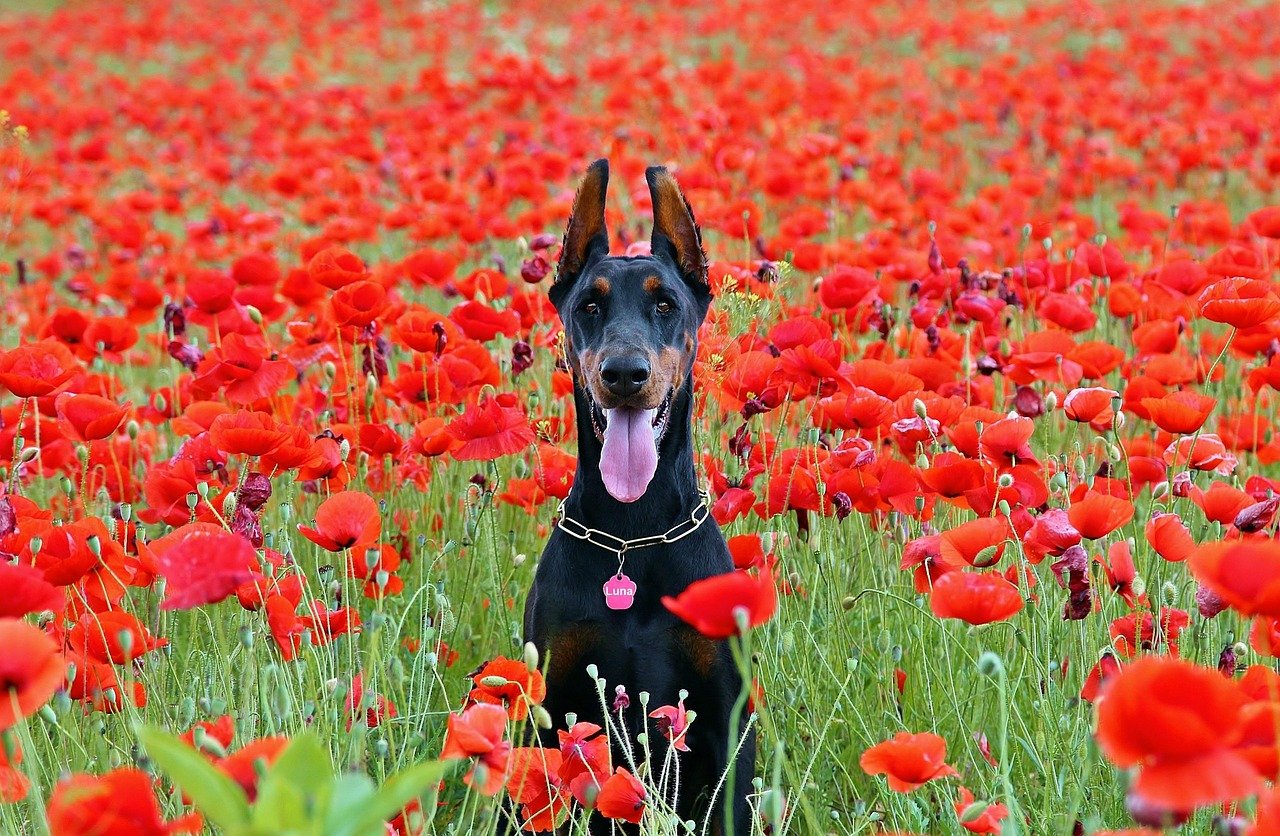
Dobermans are elegant, intelligent, and fiercely loyal, but their strength and protective nature require a steady, experienced hand. Without proper training and socialization, they may become overly protective or anxious.
They need regular, vigorous exercise and thrive on mental stimulation. Seniors who aren’t confident in handling large, energetic dogs might find the Doberman overwhelming. Their energy and intensity can be a lot to manage if you’re seeking a calmer lifestyle.
Saint Bernard: Gentle Giant with Giant Responsibilities
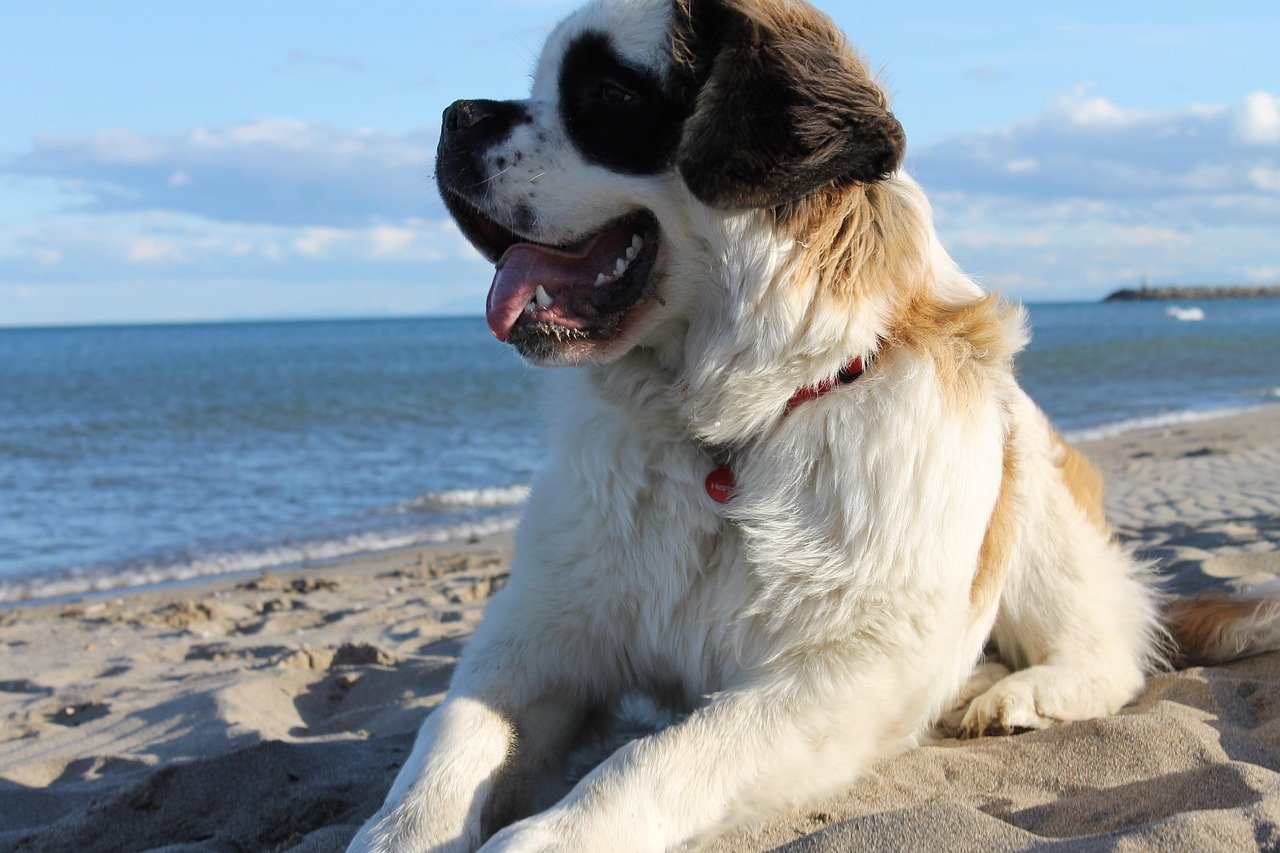
Saint Bernards are famous for their gentle nature, but their massive size comes with unique challenges. Handling a dog that can outweigh its owner is no small feat, especially for seniors who might have mobility or strength limitations.
They drool, shed heavily, and need plenty of space to move around. Their calm demeanor is lovely, but when a Saint Bernard decides to go somewhere, stopping them is easier said than done. Seniors might find the daily care and physical demands more than they bargained for.






